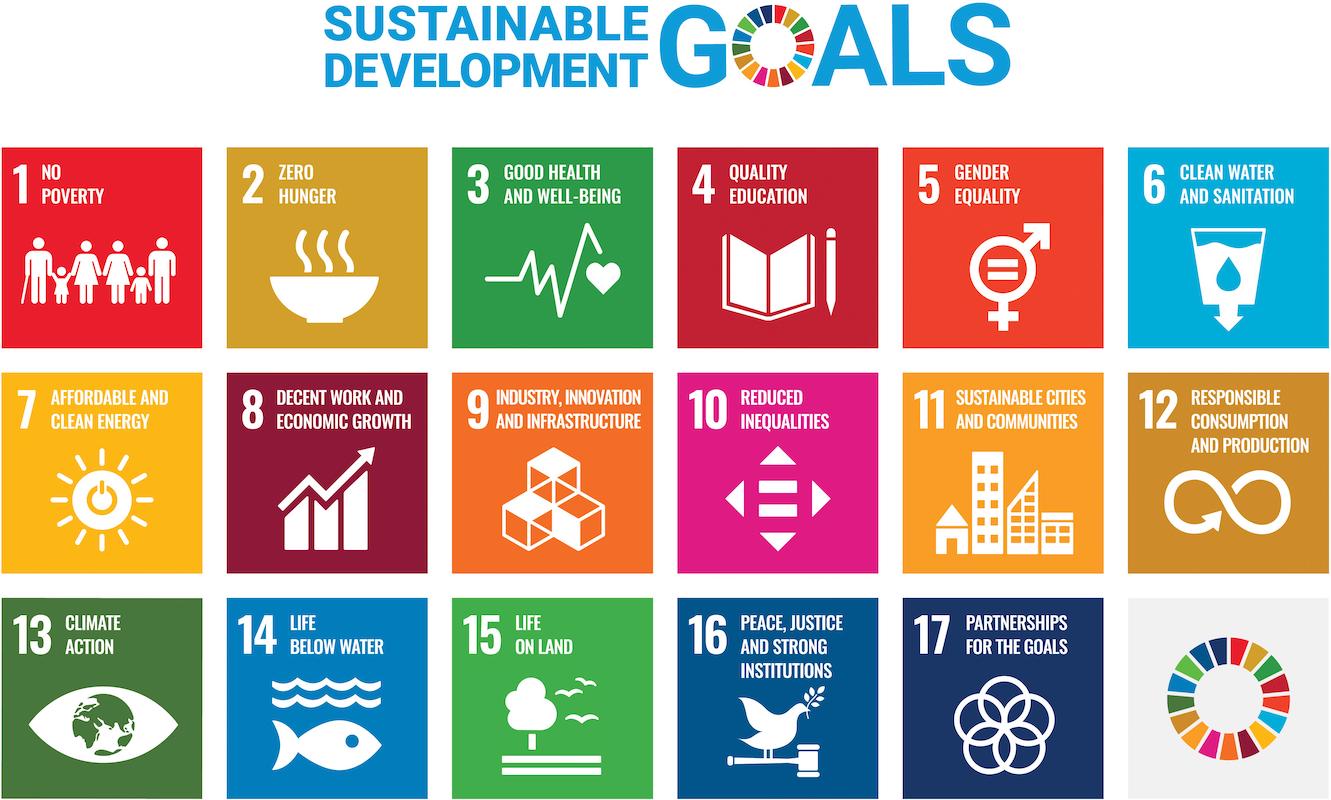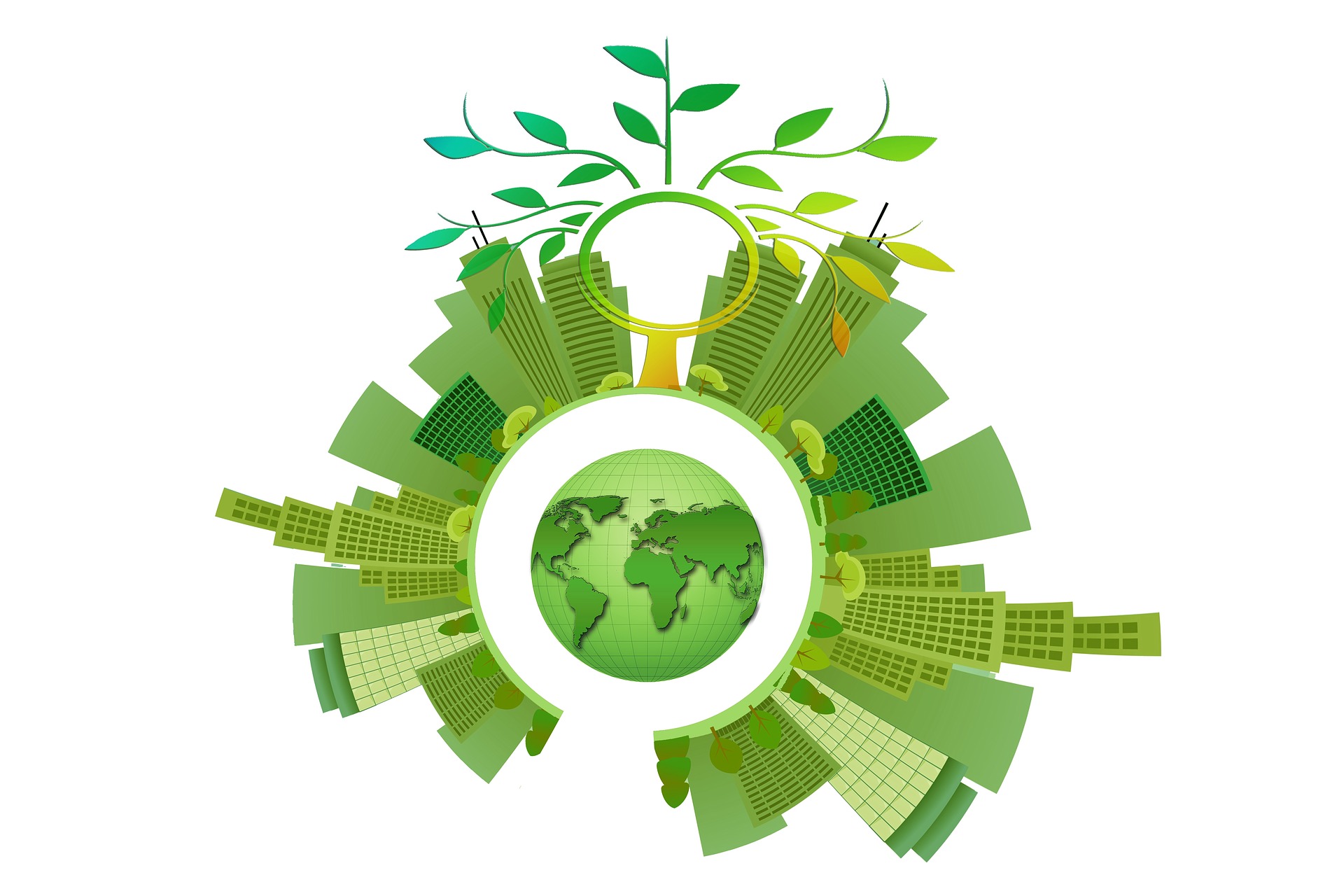Sustainability and Circularity
The DIC understands the importance of sustainability and circularity in today's rapidly changing world. By creating frameworks that examine the direct and indirect effects of our industries in various domains, we help organizations to better understand and implement sustainable practices. Sustainability is about meeting present needs without compromising the ability of future generations to meet their own needs. Similarly, circularity focuses on keeping products and materials in use, and regenerating natural systems. As research on these topics is often fragmented across different disciplines, we strive to provide a holistic approach that considers different perspectives and interpretations.
Safe Sustainable by Design (SSbD)
Life Cycle Thinking and Sustainability by Design are key approaches to assess and improve the sustainability and circularity performance. Life cycle thinking considers the environmental, social, and economic impacts of a product or service throughout its entire life cycle, from raw material extraction, production, use, and disposal. Safe and Sustainable by Design (SSbD) criteria are among the key components of the EU Green Deal that integrates sustainability considerations into the design and development of new products, services, and business models. The DIC utilizes a framework for SSbD that incorporates safety, environmental, social, and economic considerations. We follow the European framework based on the Driver-Pressure-State-Impact-Response, which includes aspects related to resource use, pressures on the environment and society, and impacts in various dimensions.
The DIC analyzes resources (the type, quantity, and efficiency of the production process), circularity (the ability to reduce, reuse, repair, refurbish, remanufacture, and recycle), biodegradability, and energy (related to production or over the life cycle). The measures of circularity often look at material efficiency, recyclability, biodegradability, energy, air pollution and climate change. Three energy-related indicators are widely considered: energy consumption, energy efficiency, and cumulative energy demand.
Environmental Impact
The environmental impact of operations and products is one of the main areas of focus for sustainability and circularity assessments. The DIC evaluates the use of natural resources, energy and water consumption, greenhouse gas emissions, and other pollutants and waste generated throughout the life cycle of a product or service. The DIC utilizes life cycle assessment methods and tools, such as LCA software, to quantify these impacts and identify opportunities for improvement. The DIC drafts plans to optimize environmental impact on climate change, resource use, ecosystems, and biodiversity. The DIC emphasizes the biodiversity protection and reducing harm to ecosystems in our environmental studies.
Economic Impact
The economic impact of sustainability and circularity is an important aspect that involves assessing the costs and benefits of different sustainability and circularity initiatives. The DIC analyzes the costs of production and raw materials, the costs of waste management and pollution prevention, and the benefits of reducing resource use and emissions, improving brand image and customer loyalty, and complying with regulations. We use life cycle costing methods and tools, such as cost-benefit analysis and financial modelling, to estimate the economic benefits and trade-offs of different sustainability and circularity options.
Social Impact
The social impact of sustainability and circularity is a relatively new and complex area that requires a multidisciplinary approach. The DIC assesses the impacts of operations and products on workers, communities, and society as a whole, including issues such as human rights, labour standards, health and safety, and community engagement. We utilize social impact assessment methods and tools, such as stakeholder engagement, participatory appraisal, and human rights impact assessment, to identify and address the social challenges and opportunities of sustainability and circularity initiatives.



